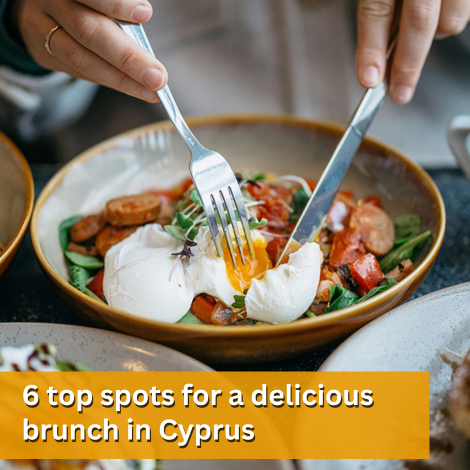10 Gastronomic Specialities of Cyprus
that are specifically Cypriot
Most Cypriot foods are generically Greek and Greek foods often resemble Turkish foods and indeed those of other neighbouring Middle Eastern countries. Some Greek foods come from specific localities. They tend to get emulated in other Greek places, but we remember their origins. Soutzoukakia Smyrne-ika can be found all over Greece and Free Cyprus but by their very name we are reminded of the place from where they come.
Some foods and preparations, however, are specifically Cypriot in tradition. Seftalia (Seftalies in the plural), those sausages wrapped in Caul are a well-known example. They grace many a barbecue grill. They are also often eaten in kebabs either on their own or “mixed” with pork kebab or “souvlaki”. You can read more about Seftalia here.
Tavas dishes are another example of a Cyprus speciality. A “Tavas” is a clay pot used for slow cooking. Slow cooking techniques are used throughout Greece and Cyprus, but the use of the “Tavas” is Cypriot. Some individual parts of Cyprus will refine a speciality further, so you will find in Lefkara, for example, the Tavas Lefkaritiko which uses a large amount of rice in the dish. You can find more about Tavas here.
You will all be familiar with Halloumi, that fairly soft cheese made from goat and sheep’s milk. You may be less familiar with its softer counterpart, Anari. One is made from the curd, the other from the wey. These are of course cheeses rather than dishes. However, a specifically Cypriot lunch time snack using halloumi is a plate containing a few pieces of this cheese grilled or fried together with water melon and heated pita bread.
Both halloumi and Anari are used in Easter cheese pies that are made in Cyprus. They are called “Flaounes” and taste quite delicious.
The pita bread pouches found in Cyprus are themselves a speciality. In Greece one eats pita bread with a “Souvlaki” but there it is in the form of a round wrap; also the dough from which it is made is a little thinner.
All over Greece stuffed vegetables known as “Gemista” are cooked; tomatoes and peppers are the most popular vegetables used. One version of stuffed vegetables that I have seen in Cyprus, but not come across in Greece is that of stuffed Courgette Flowers. These seem to be a specifically Cyprus tradition.
When you have a restaurant meze in Cyprus, you will often be served some Kolokassi, usually as fried chips, though they can also be cooked as a stew. “What’s that?” visitors ask. It is a root vegetable resembling a roughly shaped potato. It is mainly prevalent in Malaysia and Cyprus.
Visitors from abroad are often curious about the long multi-coloured sausage-like delicacies that they see hanging in market stalls. They are called Soutzoukos and they are made as a by-product of wine-making. Nuts, typically almonds, are soaked in a cauldron containing mostly unfermented grape juice and flour. Meanwhile the cauldron is heated from underneath. From the same mixture of grape juice and flour is made another speciality called “Palouzes”, looking rather like blancmange. You can read how Soutzoukos is made in more detail.
Last but not least – a drink rather than a food, we should not forget Commandaria, the King of wines and the wine of Kings. This is the traditional sweet wine of Cyprus made even more famous by England’s King Richard Lionheart. I say even more famous because both Homer and Herodotus wrote some 3000 years ago about a wine made in the same sort of way that Commandaria is made today.
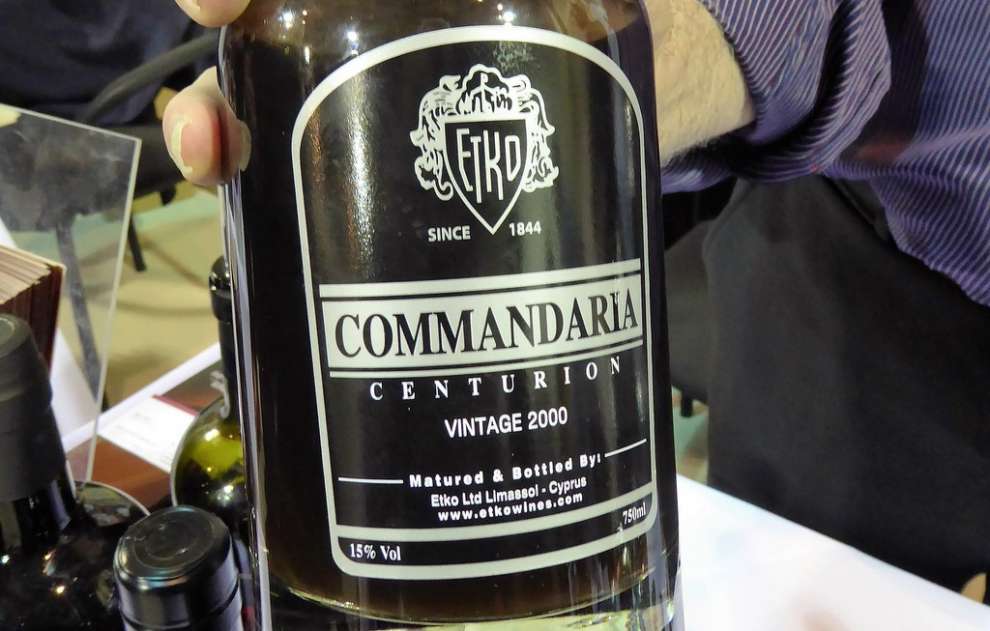
So here are our 10 specifically Cyprus specialities within the panoply of Greek gastronomy:
- Seftalies
- Tavas dishes
- Stuffed courgette flowers
- Cyprus Pita Bread
- Halloumi and Anari Cheeses
- Halloumi with Water Melon and Pita bread
- Kolokassi
- Soutzoukos and Palouzes
- Flaounes Easter cakes
- Commandaria Wine
Would you like to add some more?

 English
English
 Ελληνικά
Ελληνικά Русский
Русский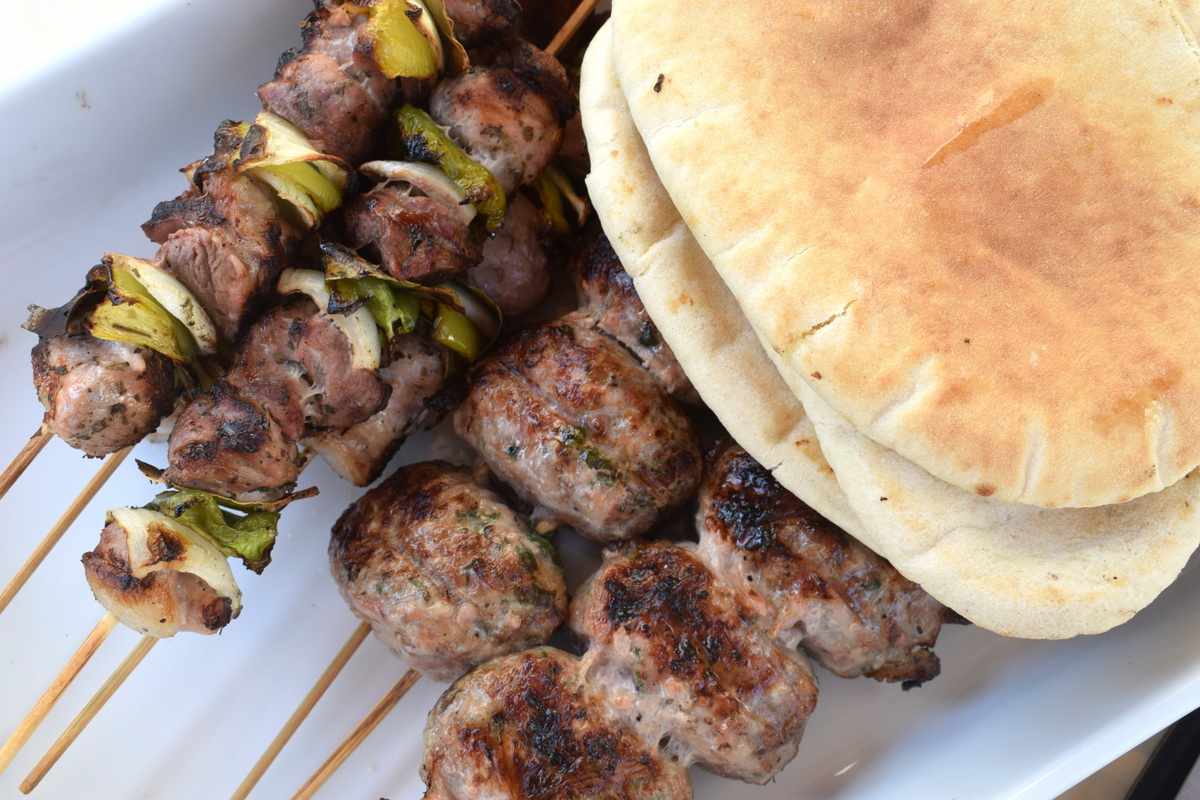
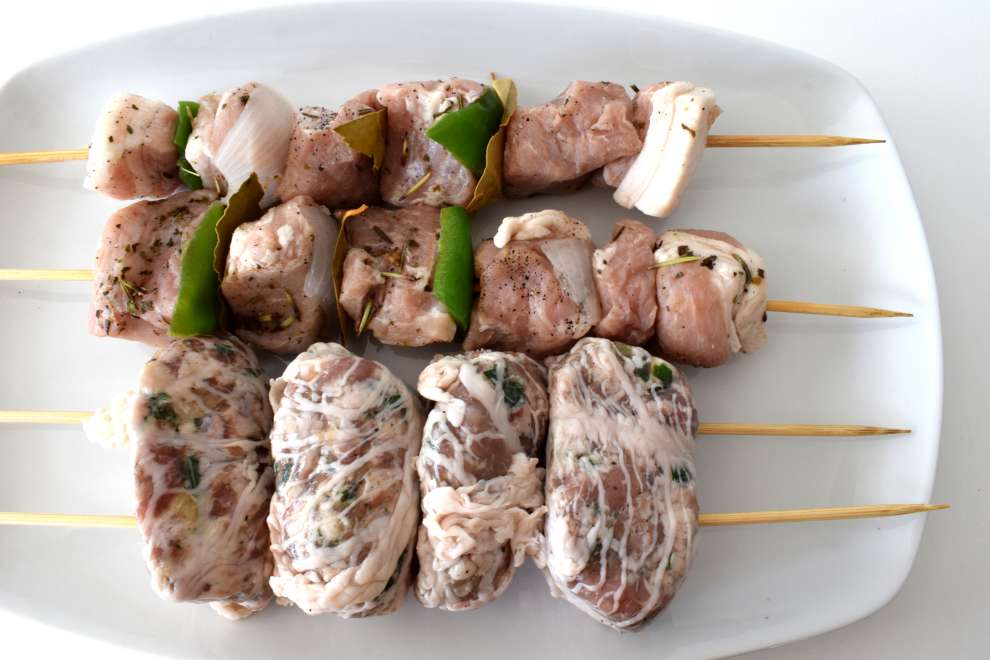
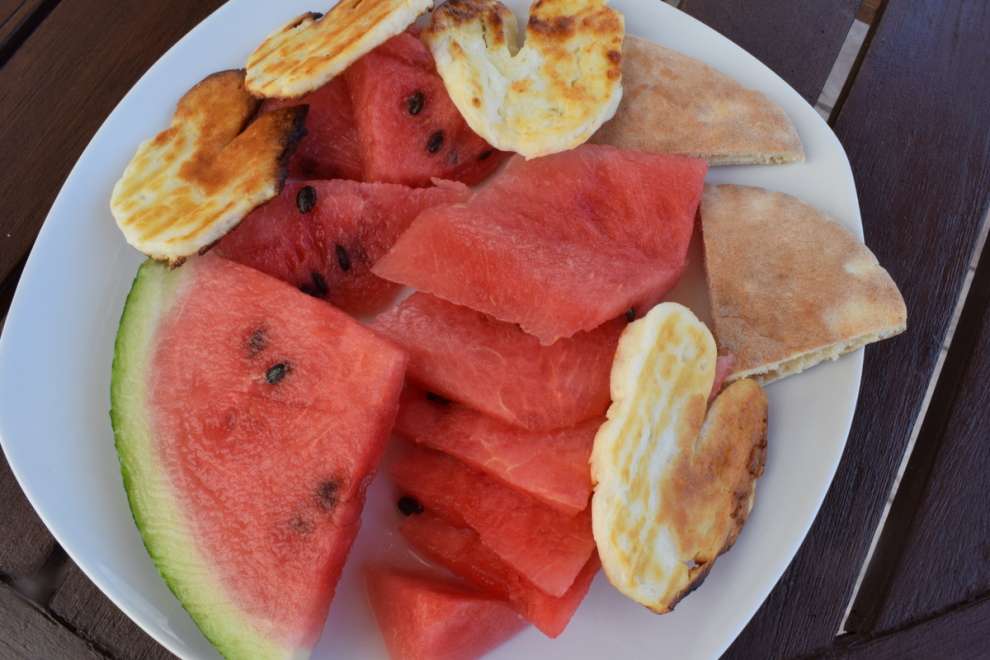
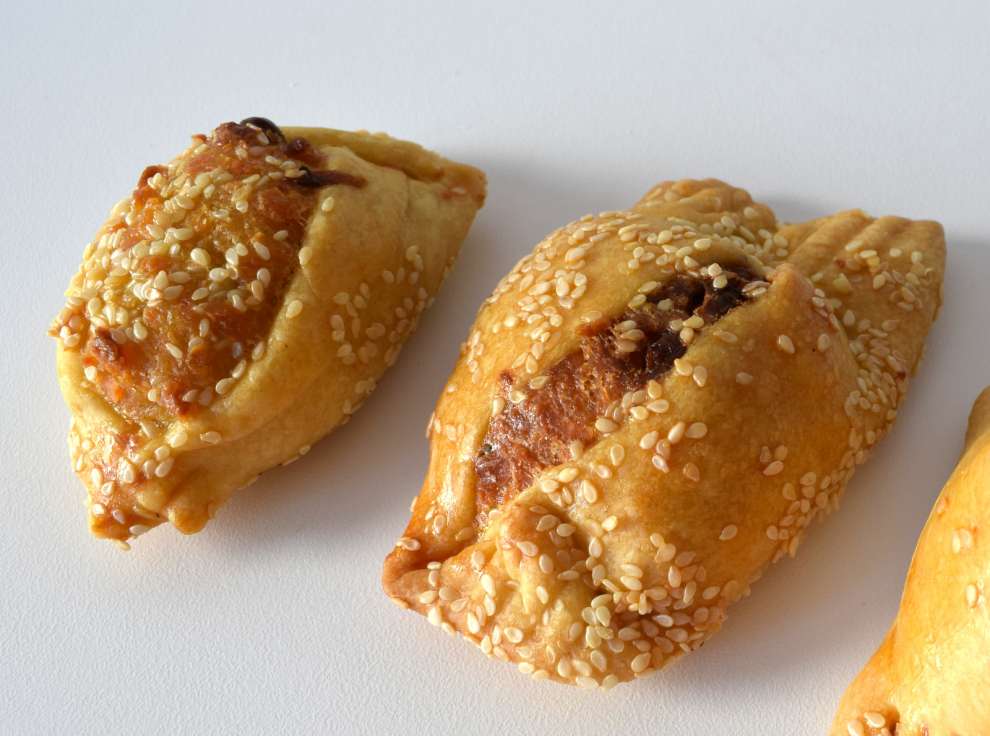

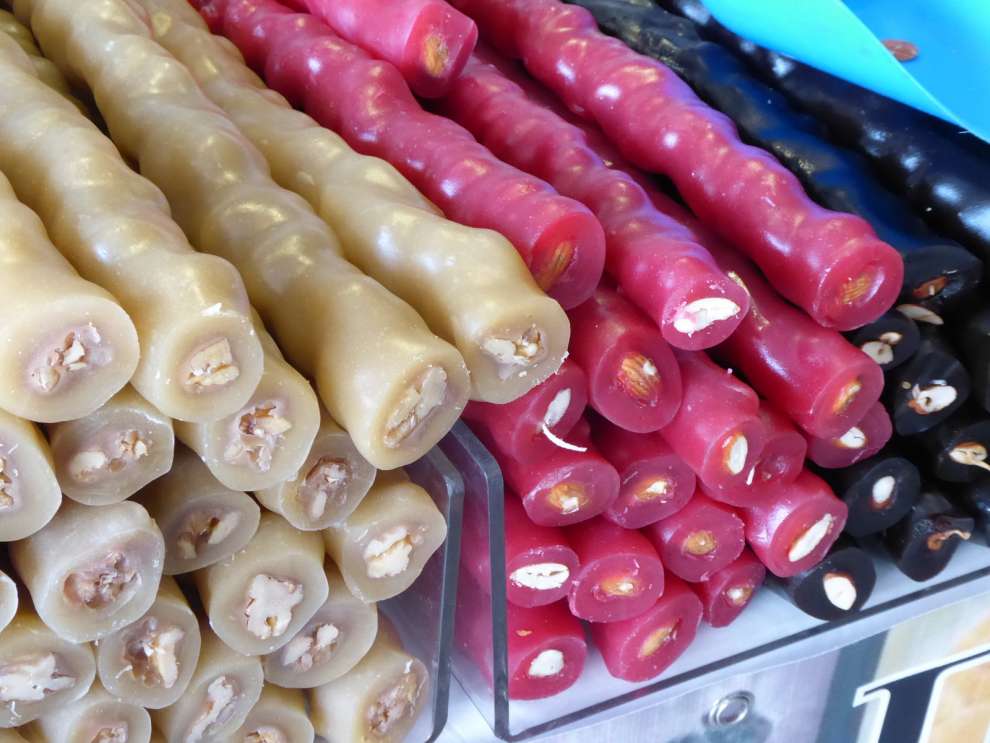
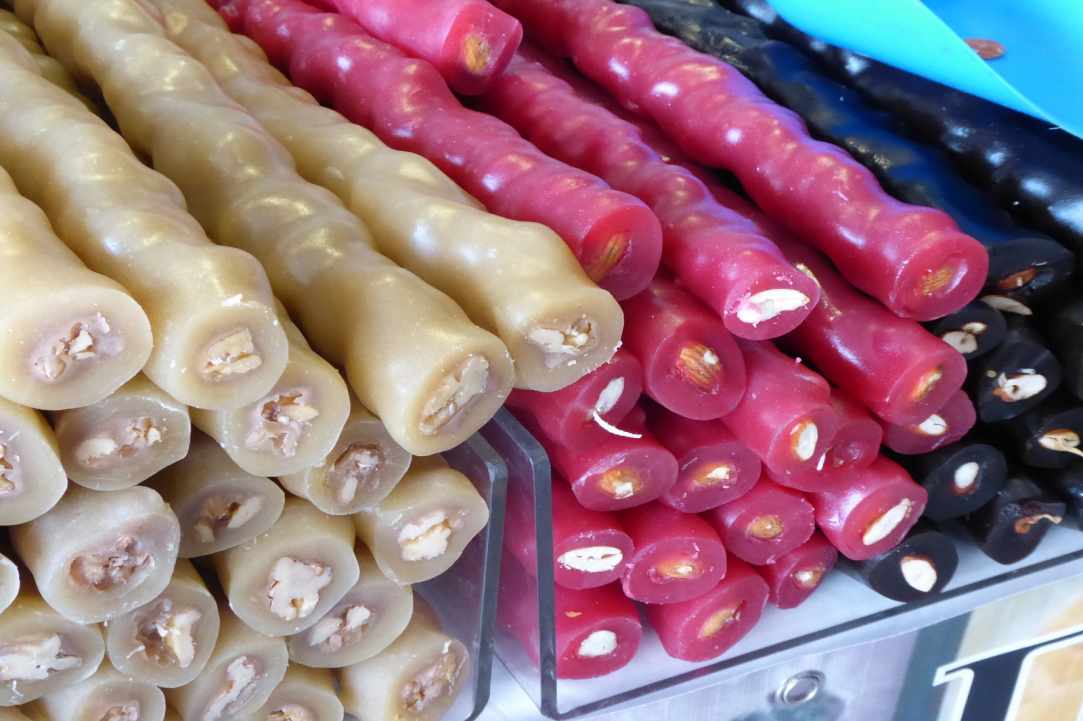

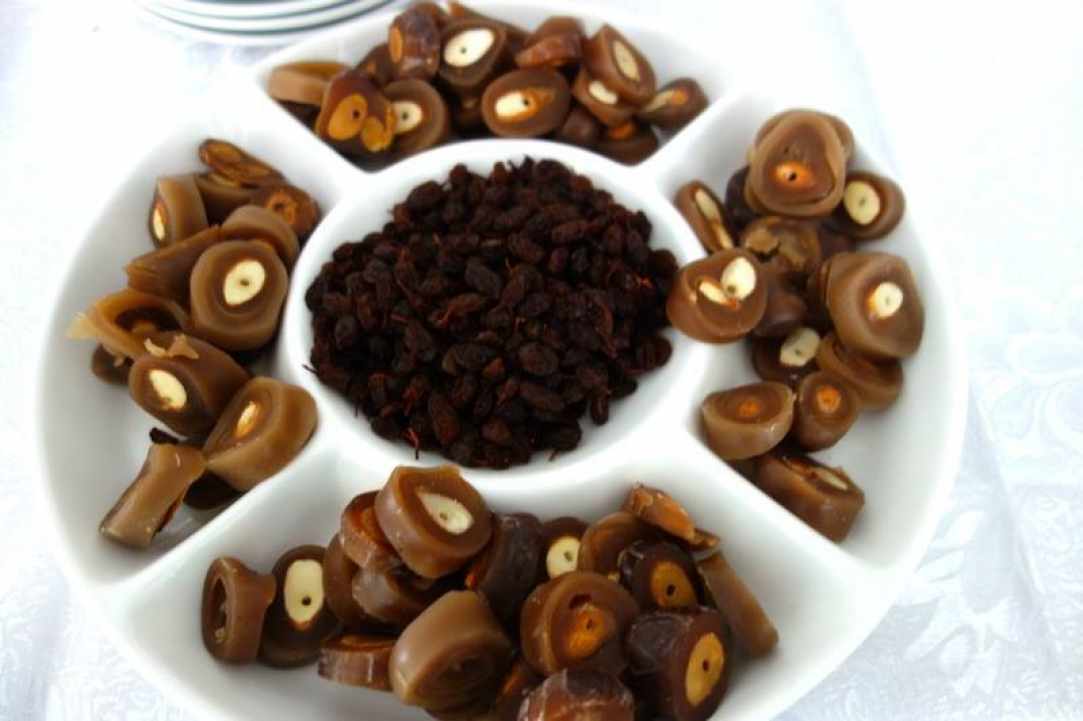
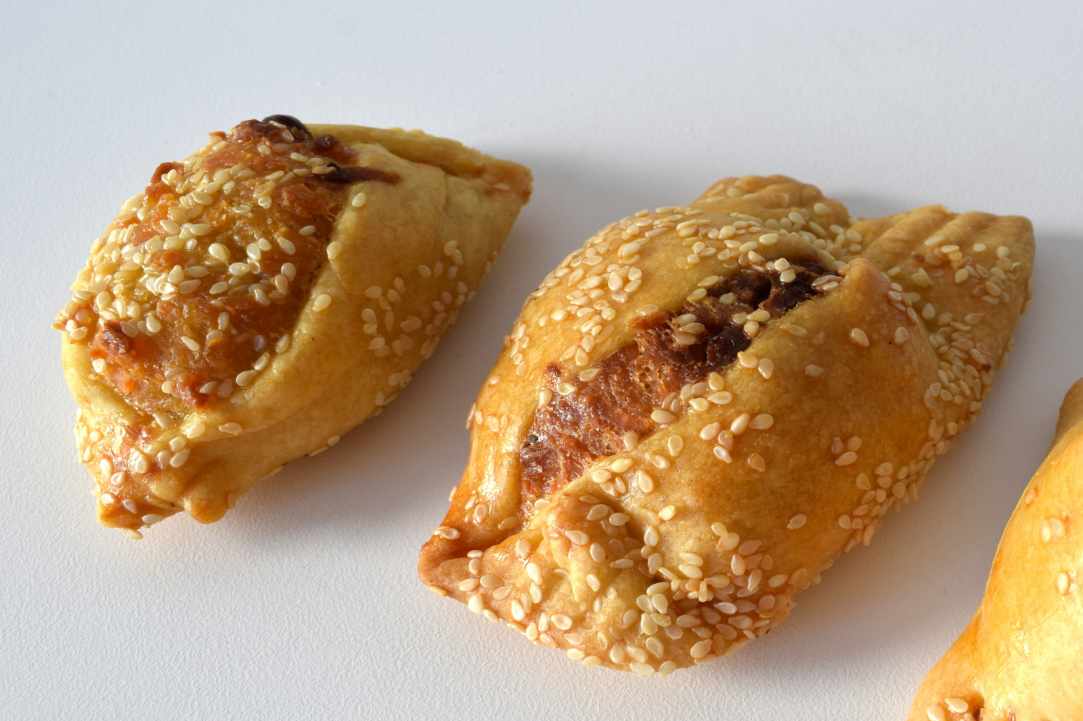
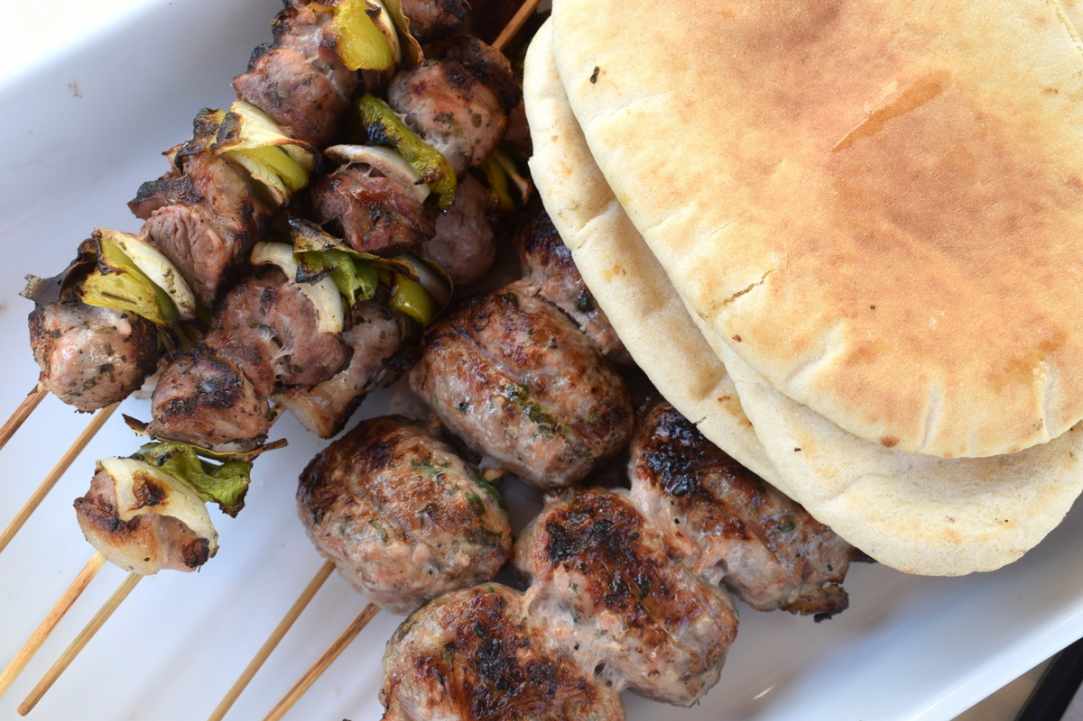
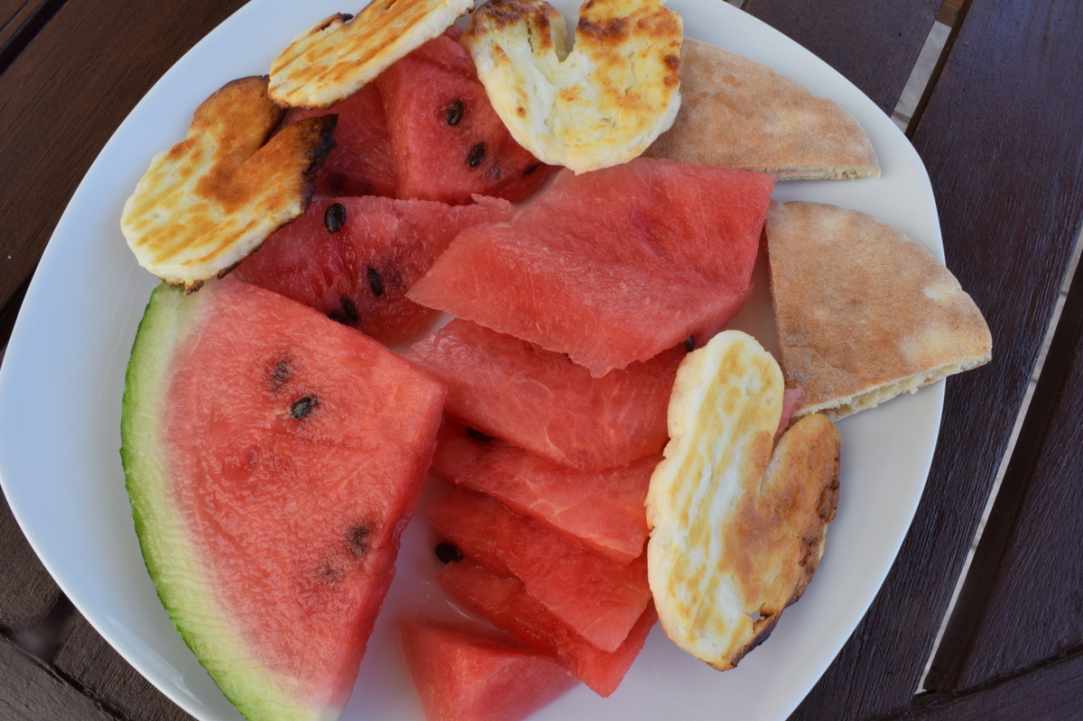
 Posted by
Bill Warry
Posted by
Bill Warry

